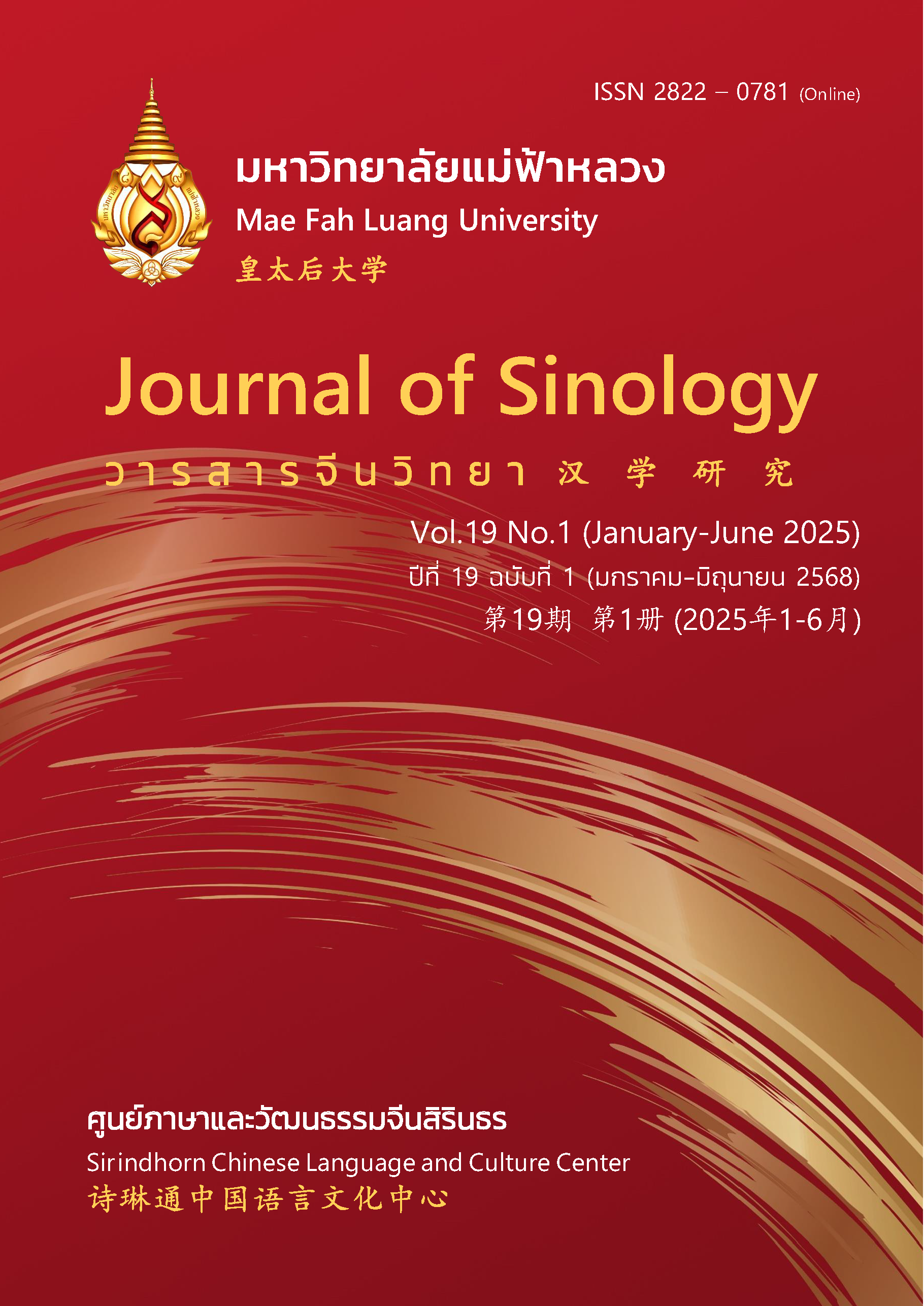The Lessons that can be Learned and Application from Thailand's Medical Tourism on China's Integrated Medical Care and Nursing Pension-Model
Keywords:
Pension mode, China's integration of medical care and nursing, Thailand's Medical TourismAbstract
With the continuous increase of social pressure on elderly care, the existing elderly care models can no longer meet the needs of the elderly. The innovative development of medical and elderly care combined with elderly care models is imperative. The integrated medical and elderly care model in China is currently in a stage of deepening development, and the supply of many systems and resources needs to be improved, as well as the implementation of supervision and services needs to be strengthened. To further promote the development of medical and elderly care integration, this article provides some insights for the problems faced by the medical and elderly care integration model through the experience of Thailand's medical tourism development, from strengthening government responsibilities and strengthening legislation; Strengthening the construction of talent teams. Establishing a network service platform to continuously improve service levels; Transforming traditional views on elderly care. Solving some problems in the current integrated medical and elderly care model by providing good product services and price positioning.
References
Bai, Y.Y., Cui, R.K., & Xu, G.H. (2019). Research on the current situation and development of medical care and pension mode in China's rural areas. China Medical Herald, 16 (11), 169-172.
Chen, Y.P., Liu, Y., & Yang, B. (2018). Research on the current situation and problems of the mode of combination of medical care and maintenance in China. Economic Research Guide, 354(4), 40-41.
Dai, X., & Liang, Y. (2009). Analysis on the necessity of standardization construction of integrated treatment and convalescence. Soft Science of Health, 33(4), 3-6.
Du, P., & Wang, X.H. (2017). “Combination of medical and nursing care” and construction of health and old-age service system. Lanzhou Academic Journal, 11(7), 170-176.
Feng, T. (2019). The New Progress in Japan’s Aging Policy and Its Implications for China. Population & Economics, 235(4), 79-93.
Guo, D., Li,H.Y., Li, X.X., & Guan, J.B. (2005). Discussion on the feasibility of combining medical and nursing services for the elderly. International Medical and Health Review, 21(2), 43-44.
Investigation and Research Group Internal and Judicial Affairs Committee of the National People's Congress of China. (2017). Research report: Responding to population aging and developing strategies for elderly care. Chinese Social Security Review, 1 (1), 8-23.
Li, C.L., & Fan, Y.C. (2017). The enlightenment of Thailand’s medical insurance system for China. Chinese Health Economics, 410(4), 94-96.
Li, L., & Qiao, A.N. (2012). The analysis of current situation and corresponding countermeasures about the aging of China’s population. Journal of Hebei Energy Institute of Vocation and Technology, 46(3), 24-26.
Li, X.L. (2017). Research on the model of “combination of medical and health” in the perspective of demand – Taking Handan as an example [Master’s thesis]. Hebei Normal University.
Liao, S.W., Zhu, H., & Tan, B.H. (2019). Challenges and countermeasures for the delivery of internet-based integrated medical and nursing care for community-dwelling elderly people with Chronic disease. Chinese General Practice, 22(7), 770-776.
Liu, Q.F. (2014). A preliminary study on the medical-nursing combined care mode in the view of Embeddedness. Northwest population, 57(6), 94-97.
Luan, W.J. (2018). An study on the departments collaboration in the context of intergovernmental cooperation governance. Journal of Northwest University: Philosophy and Social Sciences edition, 34(3), 64-73.
Qin, X.H. (2014). Research on development strategy of healthcare tourism situation in Thailand. Around Southeast Asia, 272(6), 57-61.
Wang, H.T. (2019). Take a holistic approach to promote the development of pension services integrating elderly care and medical services. Macroeconomic Management, 46(7), 34-38.
Wang, P.Q., Lie, Y.R., & Lv, P.S. (2018). Analysis on the construction of the mechanism of the combination of medical care and old-age care beyond multi-game -- The dilemma and outlet of the combination of medical care and old-age care in China. Journal of the National Academy of Governance, 18(2), 40-51.
Yang, J.Y. (2017). Structural embedment: The practical logic of combining medical care with nursing care in community home care. Journal of Harbin Institute of Technology: Social Science Edition, 17(5), 60-65.
Zhang, Y.F. (2017). The current situation and suggestions of the mode of providing medical support for the aged in China. Journal of Beijing Institute of Graphic Communication, 25(5), 78-80.
Zhou, Y.L. (2017). The international competition strategy of medical tourism industry in Thailand and its implications. The Chinese Health Service Management, 353(11), 805-809.



